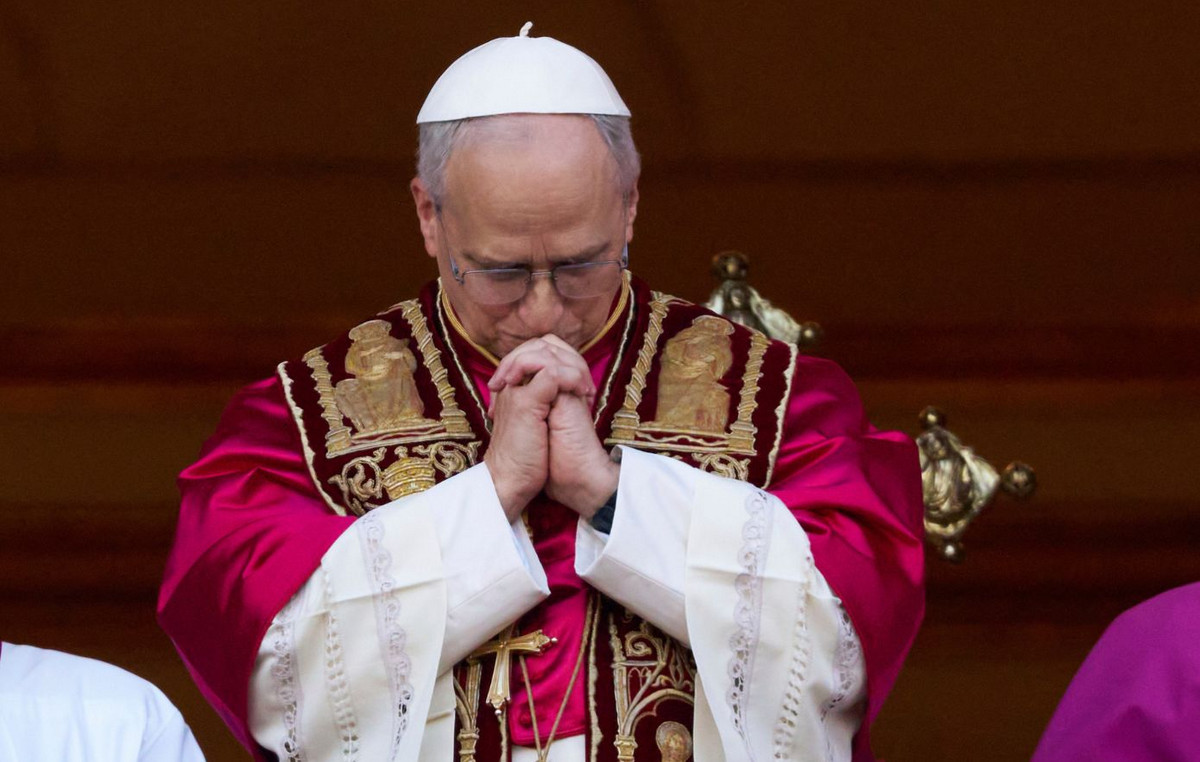After a period of angst, Americans seem to be feeling a little better about the economy.
The Conference Board consumer confidence index for August, scheduled to be released later on Tuesday (30), is expected to increase 1.8 points to 97.5, according to analysts at Goldman Sachs. This comes after three consecutive months of declines.
Meanwhile, the final results of this month’s University of Michigan consumer opinion poll showed a big increase in outlook for the year ahead.
That might sound like great news. But a closer look at the numbers shows a more worrying picture. The problem is that wealthy Americans aren’t as excited, and that could signal more trouble ahead for markets and the economy at large.
“High-income consumers, who generate a disproportionate share of spending, have seen large declines in both their current personal finances and their purchasing power for durable goods,” Michigan researchers wrote.
Spending by the richest 20% accounted for nearly 40% of total consumer spending in the United States in 2020, according to data from the Bureau of Labor Statistics. And consumer spending is the single most important driver of US economic growth.
Of course, there can be a difference between how people say they feel and what they actually do. But in this case, we’re starting to see some real impact.
Analysts at the Bank of America Institute found that total credit card spending per household (excluding groceries, gas and clothing) for consumers earning more than $125,000 has contracted for three consecutive months, remaining quite resilient for the average consumer. low income.
There are other signs that the rich are trading down. Walmart CFO John David Rainey told CNBC earlier this month that shoppers were buying fewer high-margin discretionary items like clothing because inflation was causing them to shell out more for necessities.
He also, interestingly, noted that about three-quarters of Walmart’s second-quarter market share gains in food came from customers with annual household incomes of $100,000 or more.
High-income customers are also switching from more expensive restaurants to more budget-friendly ones, like Applebee’s and IHOP.
Sales at the two chains, both owned by Dine Brands, grew about 6% to 8% among families earning more than $75,000 a year in the second quarter, according to Dine CEO John Peyton.
The increase “suggests to us that guests who dine at more expensive restaurants are finding Applebee’s and IHOP because of their well-known value position,” Peyton said during a call with analysts earlier this month.
This may seem positive for companies that are well positioned to benefit from these changes in habits. The problem is that sentiment among lower-income consumers typically lags behind higher-income sentiment, which means a bigger slowdown could be on the way.
“In an economy that is 60% service-driven, you can see how easily this perspective of spending on a narrow group of high-income people has a bigger effect on a larger group of Americans,” Marvin Loh, senior global macro strategist at State Street, he said. “This is the definition of trickle-down.”
That doesn’t bode well for stocks in companies that sell items that people want but don’t necessarily need. Names like Amazon, Home Depot and LVMH helped propel the sector from its mid-June lows, rising nearly 30% through mid-August before falling back down.
The sector plunged precipitously after Federal Reserve Chairman Jerome Powell indicated there would be “pain” ahead as the US central bank continues its tightening policy.
“The gains we’ve seen over the last six weeks didn’t make a lot of sense to me,” Loh said.
Source: CNN Brasil
I am Sophia william, author of World Stock Market. I have a degree in journalism from the University of Missouri and I have worked as a reporter for several news websites. I have a passion for writing and informing people about the latest news and events happening in the world. I strive to be accurate and unbiased in my reporting, and I hope to provide readers with valuable information that they can use to make informed decisions.







